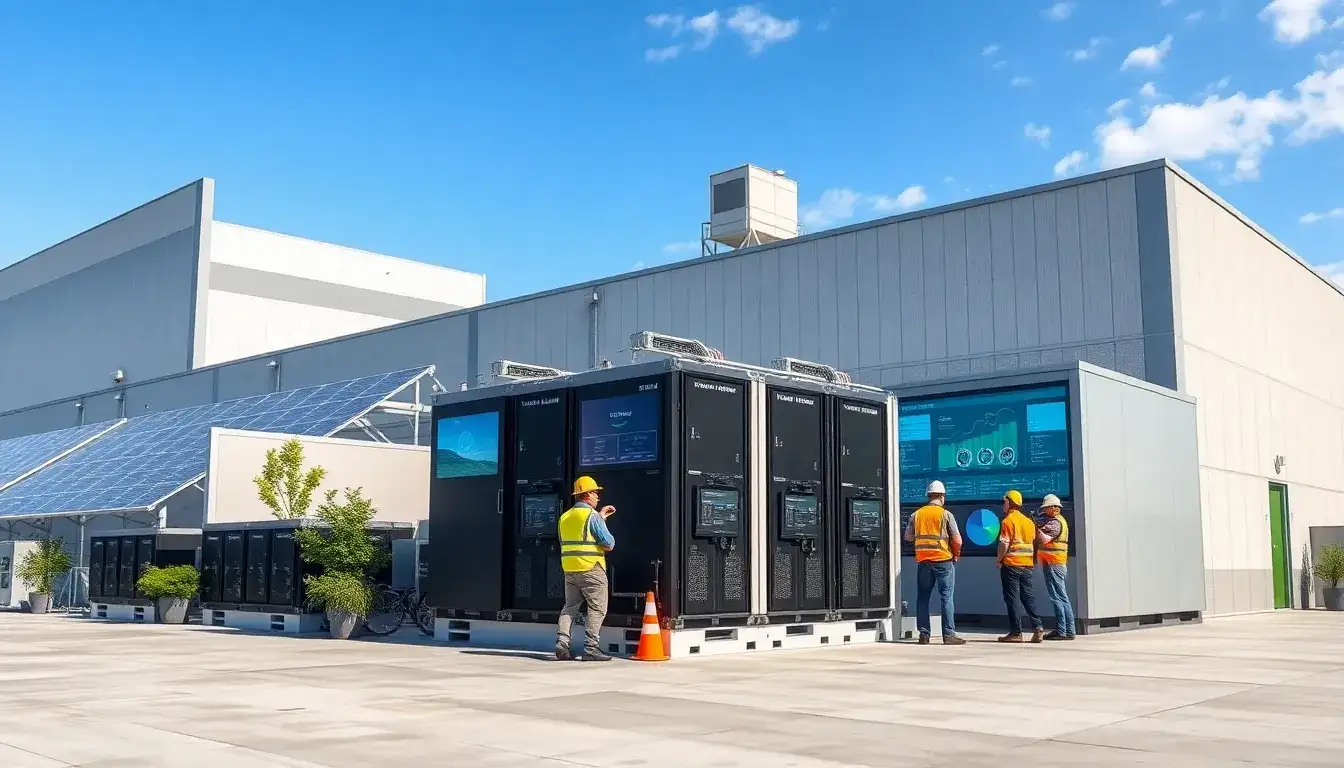
How to Build Commercial and Industrial Energy Storage by 2025?
As we enter 2025, the distributed energy generation landscape is undergoing significant changes, prompted by the release of new management regulations for distributed photovoltaics and the recent implementation of a pricing reform plan for renewable energy. These developments are creating a new wave of transformation in the distributed energy market, which is now affecting the user-side energy storage market.
For users, distributed photovoltaics must be utilized during peak generation periods, and participation in the spot market is essential. Proactively investing in energy storage will be an excellent choice for users looking to maximize their returns. However, several challenges remain in areas such as project registration, grid connection, capacity configuration, and revenue strategies that need to be addressed.
In the early stages of project development, the wide array of available energy storage devices can be overwhelming for many stakeholders. Choosing the right energy storage technology involves a comprehensive assessment of various factors, including storage technology, user load characteristics, transformer capacity and quantity, grid connection voltage levels, and the technical parameters of the commercial energy storage system. For instance, it is important to note that lithium batteries are not the only option available; other common commercial energy storage technologies include lead-carbon batteries, sodium-ion batteries, and flow batteries. Each technology can be selected based on different clients’ investments and actual needs.
When considering application scenarios, the most prevalent options currently include microgrid storage, distribution area storage, and photovoltaic-storage-charging solutions. Each scenario requires tailored configurations. For example, microgrid storage must work in conjunction with distributed energy to achieve self-sufficiency in energy consumption and surplus electricity feeding into the grid within factories or industrial parks. Therefore, it is crucial to consider the generation characteristics of distributed energy and the electricity demands of users during configuration.
Additionally, the popular photovoltaic-storage-charging scenarios necessitate careful evaluation of the number and power of electric vehicle charging facilities, as well as the capacity of the grid infrastructure to accept such loads. This assessment will help determine an appropriate energy storage capacity.
Of course, energy storage projects should aim for long-term operational profitability and safety. However, many returns and risk assurances available to end-users are often merely theoretical. Only professional, well-resourced investors can effectively mitigate risks while ensuring profit-sharing for users. For example, profit-sharing is not solely dependent on the split ratio in contracts; factors such as battery efficiency, equipment failure rates, timely maintenance, and operational charging and discharging strategies directly influence project profitability.
On the risk management front, the selection of compatible battery technologies, the quality of equipment integration, compliance with construction standards, and professionalism in operations and maintenance all significantly affect the safe and stable operation of projects.
The commercial energy storage market still presents vast potential for demand. Companies that possess the ability to select energy storage equipment and have a deep understanding of the risks associated with energy storage investment and operations will become key players in the market.
As a licensed financial institution with years of experience in the energy storage sector, Huaxia Financial Leasing upholds the industry’s highest quality and cost-control project management principles. The company has established core capabilities that encompass stringent vendor selection for equipment procurement, high standards for project construction, long-term maintenance during operations, and strong financial backing, offering comprehensive safety and reliability for energy storage stations.
In response to the increasingly diverse needs of clients across various industries, Huaxia Financial Leasing adheres to a customer-centric calculation principle. This approach avoids blindly pursuing short-term asset return rates or asset sizes, instead focusing on creating optimized cost-reduction solutions that maximize user returns. The company provides comprehensive safety guarantees for energy storage stations, ensuring quality projects that build a strong market reputation and establish an ecosystem of worry-free cooperation.
On April 16, 2025, Huaxia Financial Leasing will host the “New Opportunities in Energy Storage: Building a Green Ecosystem Together” conference in Hangzhou. During this event, Huaxia Financial Leasing will unveil significant energy storage project cooperation plans, joining forces with industry colleagues to tap into the trillion-dollar commercial energy storage market.
Event Details:
Date: April 16, 2025
Location: Hangzhou, Zhejiang
Organizer: Huaxia Financial Leasing Co., Ltd.
Co-organizers: Polaris Power Network, Polaris Energy Storage Network
Note: Add “Huaxia Financial Leasing” on WeChat for registration details.







